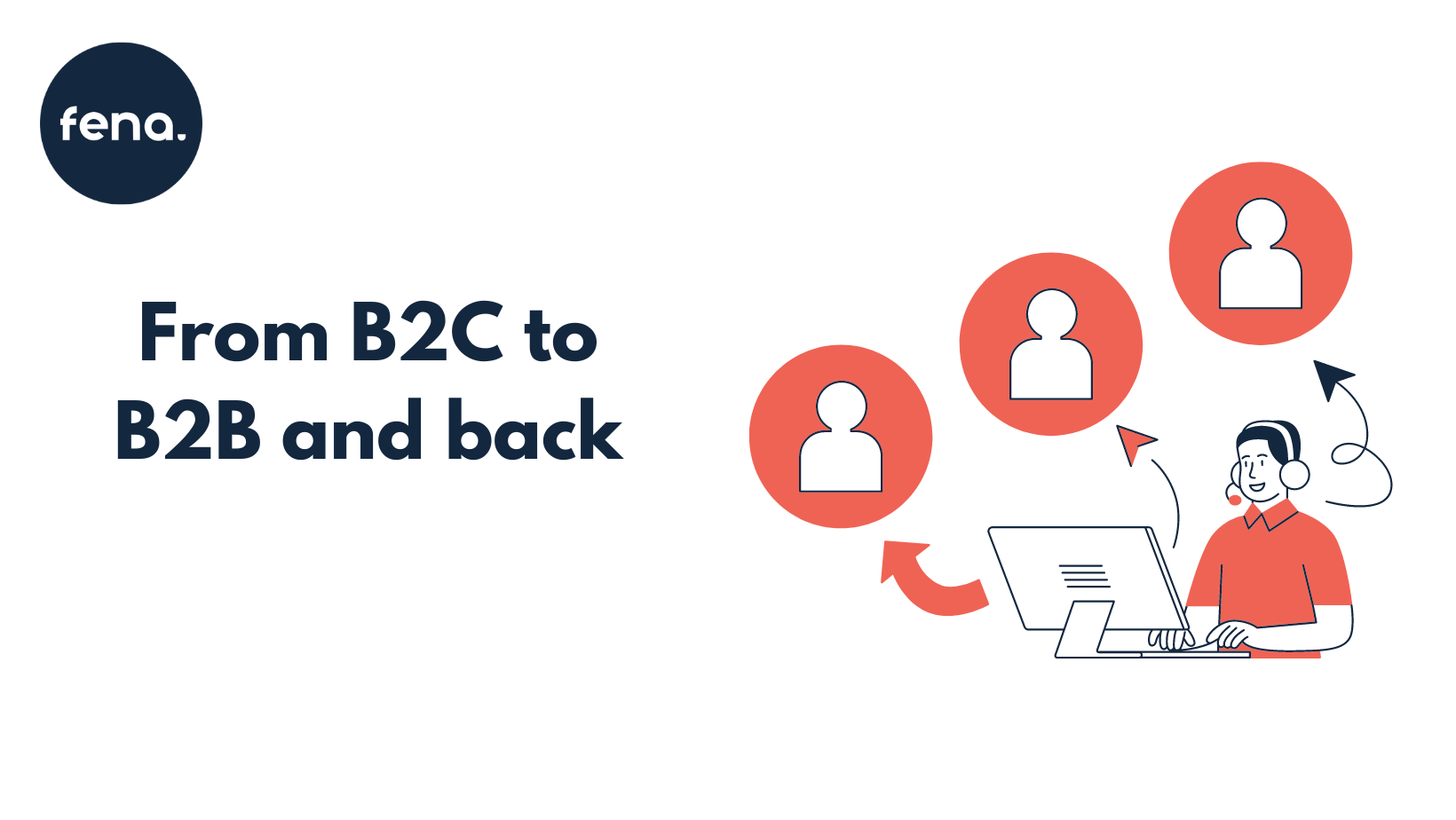From B2C to B2B and back: How to handle different types of customers
by Gosia Furmanik on June 08, 2023

In this post, we will delve into the world of B2B and B2C sales, exploring the unique characteristics and behaviours of customers in each domain. B2B, or Business-to-Business, refers to transactions between businesses, while B2C, or Business-to-Consumer, involves transactions between a business and individual consumers. Understanding the nuances of customer behaviour in these two contexts is crucial for developing effective sales strategies.
Understanding B2C Customers
B2C customers are individual consumers who purchase products or services for personal use. These customers have a significant amount of power in the current market landscape. They decide how, when, and where they will shop, often driven by convenience, price, and quality. With the rise of e-commerce and mobile shopping, B2C customers have more options than ever before. They also have diverse payment preferences, from credit cards to digital wallets, and businesses must accommodate these preferences to succeed. Let's look at a case study of Amazon, a company that has excelled in managing B2C customers by offering a wide range of products, convenient delivery options, and multiple payment methods.
Understanding B2B Customers
B2B customers are businesses purchasing products or services for operational purposes or for resale. These customers tend to be less influenced by trends and more focused on value, reliability, and long-term relationships. They may not adopt the latest technology as quickly as B2C customers, but they are increasingly embracing digital solutions for efficiency. Payment terms are often negotiated and may involve contracts and invoices rather than immediate payment. A good example of a company successfully managing B2B customers is IBM, which provides tailored solutions and builds long-term relationships with its clients.
Differences in Customer Behavior: B2B vs B2C
B2B and B2C customers have distinct behaviours and expectations. B2C customers often make impulse purchases based on emotional triggers, while B2B customers make more calculated decisions based on the needs of their business. Customer service also plays a different role in each context. B2C customers expect quick, efficient service, while B2B customers value in-depth, personalised support.
Adapting Sales Strategies for B2B and B2C Customers
To succeed in both B2B and B2C sales, businesses must adapt their strategies to the unique needs and behaviours of their customers. For B2C customers, this might mean offering a seamless online shopping experience, competitive pricing, and excellent customer service. For B2B customers, businesses might focus on building strong relationships, offering tailored solutions, and providing exceptional after-sales support. Flexibility is key, as businesses must be prepared to evolve their strategies in response to changing customer behaviours and market trends.
Conclusion
In conclusion, understanding the differences between B2B and B2C customers is crucial for developing effective sales strategies. Whether you're dealing with an individual consumer or a large corporation, the key to success is understanding your customer's needs, preferences, and behaviours. As we've seen, this understanding can inform everything from your product offerings to your payment options to your customer service approach. Thank you for joining this lecture, and I hope you've gained valuable insights into handling different types of customers in the B2B and B2C realms.